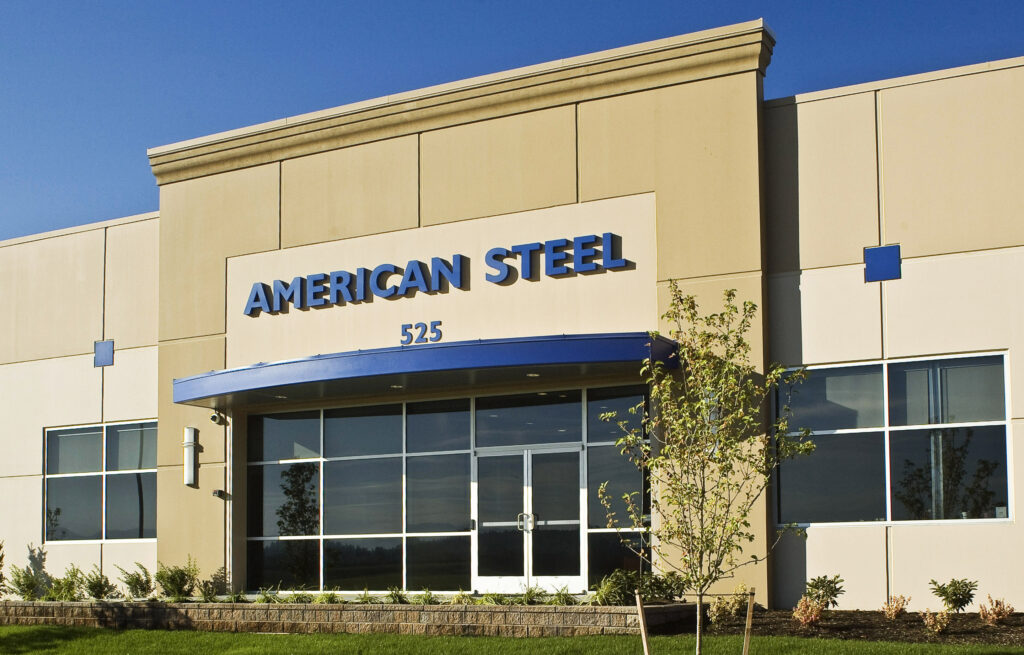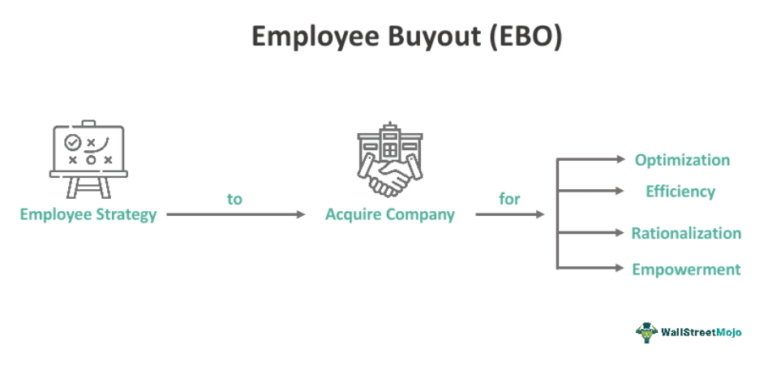
Audience
- Sentiment: Neutral
- Political Group: Republican
- Age Group: 30-50
- Gender: Male
Overview
- President Trump imposed a 25% tariff on steel and aluminum imports to protect American jobs and industries.
- The tariffs could raise prices for consumers and potentially lead to economic challenges for sectors relying on steel and aluminum.
- The concept of ‘reciprocal tariffs’ was introduced, raising concerns about possible trade wars.
Understanding Tariffs: A Dive into President Trump’s Steel and Aluminum Plans
In March of 2018, President Donald Trump made a significant announcement that sent shockwaves through the global economy: he planned to impose a 25% tariff on all steel and aluminum imports into the United States. This news felt like a punch in the gut to many foreign trading partners, including some of our closest allies, as well as stirring up excitement among American steel companies. But what does this really mean, and why is it such a big deal? Let’s break it down together in a way that’s easy to understand.
What Are Tariffs?
To kick things off, let’s start with the basics. A tariff is a tax that a government places on goods imported from other countries. When countries sell products to one another, tariffs can make foreign goods more expensive. Think of it like this: if you really want to buy a brand-new video game that costs $60, but your friend says, “Hey, I’ll sell it to you for $75!” You might think twice about whether it’s worth it to pay more for the same game. In essence, tariffs can influence what you and your family buy because they change the price.
Why Did Trump Propose a Tariff on Steel and Aluminum?
So, why did President Trump decide on a tariff for steel and aluminum? During his presidency, Trump often spoke about the need to protect American jobs and industries. He believed that imposing tariffs on steel and aluminum imports would help support American manufacturers. Steel and aluminum are critical materials used in many industries, from car manufacturing to construction. By making imported steel and aluminum more expensive, American companies that produce these metals could potentially sell more products at home.
In fact, right after the announcement, companies like Cleveland-Cliffs and U.S. Steel saw their stock prices rise. This indicated that investors believed these companies would benefit from reduced competition from foreign imports. It all sounds great, right? Well, not so fast.
The Global Reaction
While some American companies cheered the idea of tariffs, foreign governments were not so pleased. Countries like South Korea, a major exporter of steel to the U.S., reacted strongly to Trump’s plans. They worried that if they had to pay higher tariffs, they would sell less steel to American buyers. This could lead to economic problems not just for South Korea, but also for the U.S. because of the potential increase in prices for goods made from steel and aluminum.
Imagine you are a fan of a specific brand of sneakers that are made using imported aluminum. If those prices go up due to tariffs, you might find yourself paying a lot more for the same sneakers you love, or worse, missing out on them altogether.
The Strategy Behind “Reciprocal Tariffs”
Part of Trump’s reasoning behind the tariffs was his call for what he called “reciprocal tariffs.” This means that if other countries impose high tariffs on U.S. goods, the U.S. could impose similar tariffs in return. Trump argued that the U.S. should stand up against unfair trade practices. However, this approach raised concerns about potential trade wars, where countries retaliate by raising tariffs on each other’s products.
To give you an example, picture two students at school who both want to trade snacks during lunch. If one student demands more chips in exchange for their candy bar, the other might respond by saying, “Fine, I’ll just not share my candy bar with you at all!” This back-and-forth can escalate quickly, leading to neither student getting what they want, and in the global market, it works similarly.
Economic Impacts
The economic consequences of tariffs are complicated. On one hand, they can protect local businesses and create jobs in those industries like steel and aluminum. However, they can also cause prices to rise for consumers and put pressure on industries that rely on these materials. For example, if a car manufacturer has to pay more for steel to build vehicles, it may pass those costs onto customers. This may lead to new cars being more expensive.
In the short term, it might seem great for American steel companies, but if other countries don’t buy cars or other products made in the U.S. because they are too costly, it could hurt American workers in other sectors. Essentially, while some industries may thrive, others could suffer as a direct result.
Personal Connection: The Steel Industry in My Hometown
To make this a bit more relatable, let’s look at how these tariffs can affect a small town like mine, which has a steel factory. If the factory were to start hiring more workers due to the tariffs, that would mean more jobs for my friends and family. This could definitely improve the local economy. However, if the factory’s costs rise due to these tariffs, the price of steel could increase, making it harder for local businesses to afford the materials they need.
Just imagine a local builder wanting to construct a new playground for the community. If the cost of steel went up because of tariffs, they might not be able to build it right away, or at all! So while the factory workers might be cheering because they have job security, the kids in my town may end up without a new playground.
Final Thoughts
As we can see, President Trump’s announcement about tariffs on steel and aluminum is more than just numbers and policies; it’s about people’s lives and choices. Whether it’s the steelworkers in a factory or the families looking to buy cars, everyone feels the impacts of these decisions.
Whatever side you lean on—whether you think tariffs are good or bad—it’s essential to understand the complexities involved. Trade isn’t just about buying and selling; it’s about relationships between countries and the well-being of citizens.
So let’s think about this: How do you feel about tariffs? Do you think they’re a good way to protect American jobs, or do you believe they make things too complicated? I’d love to hear your thoughts, so please drop a comment below and share your opinions!





